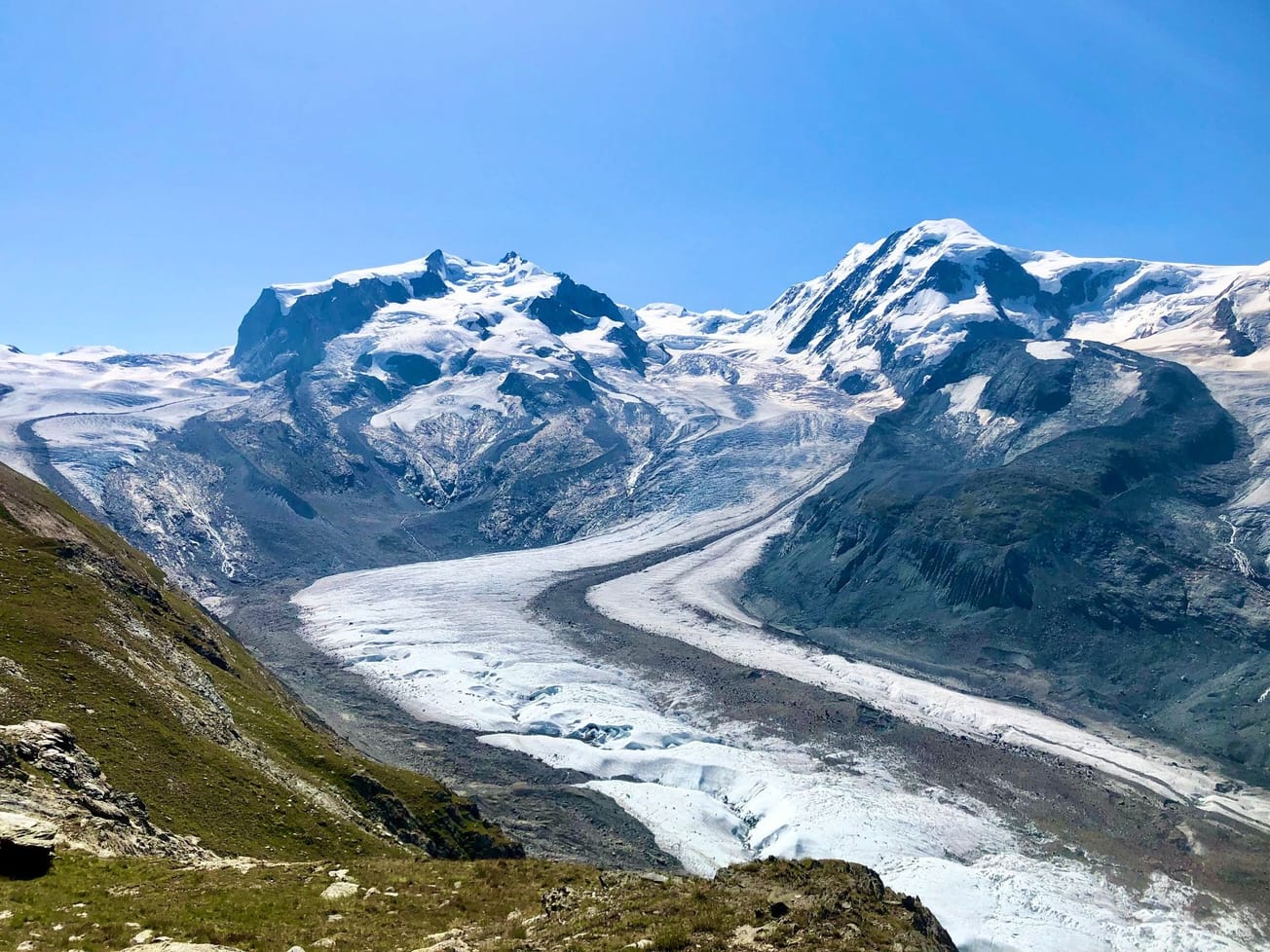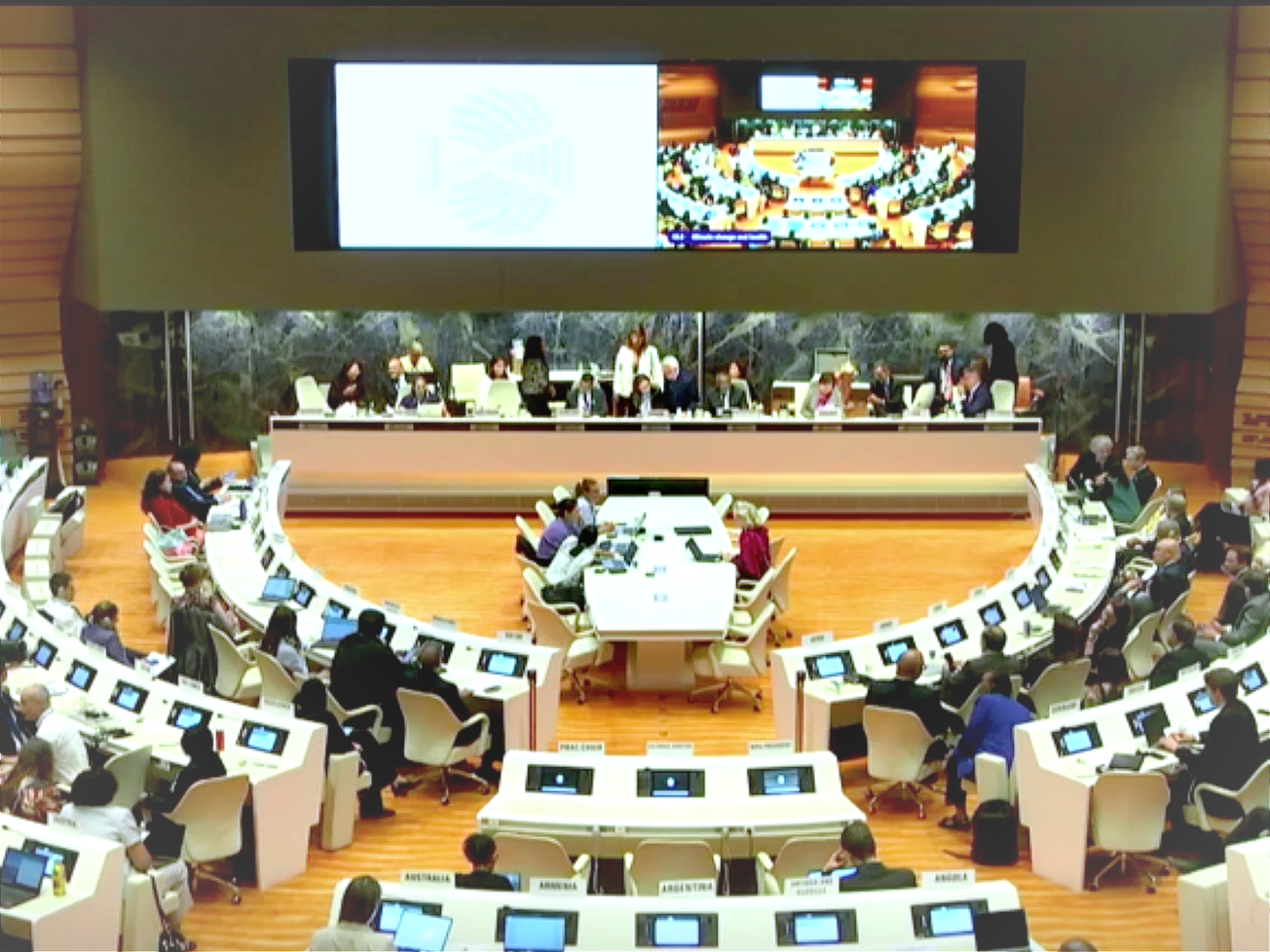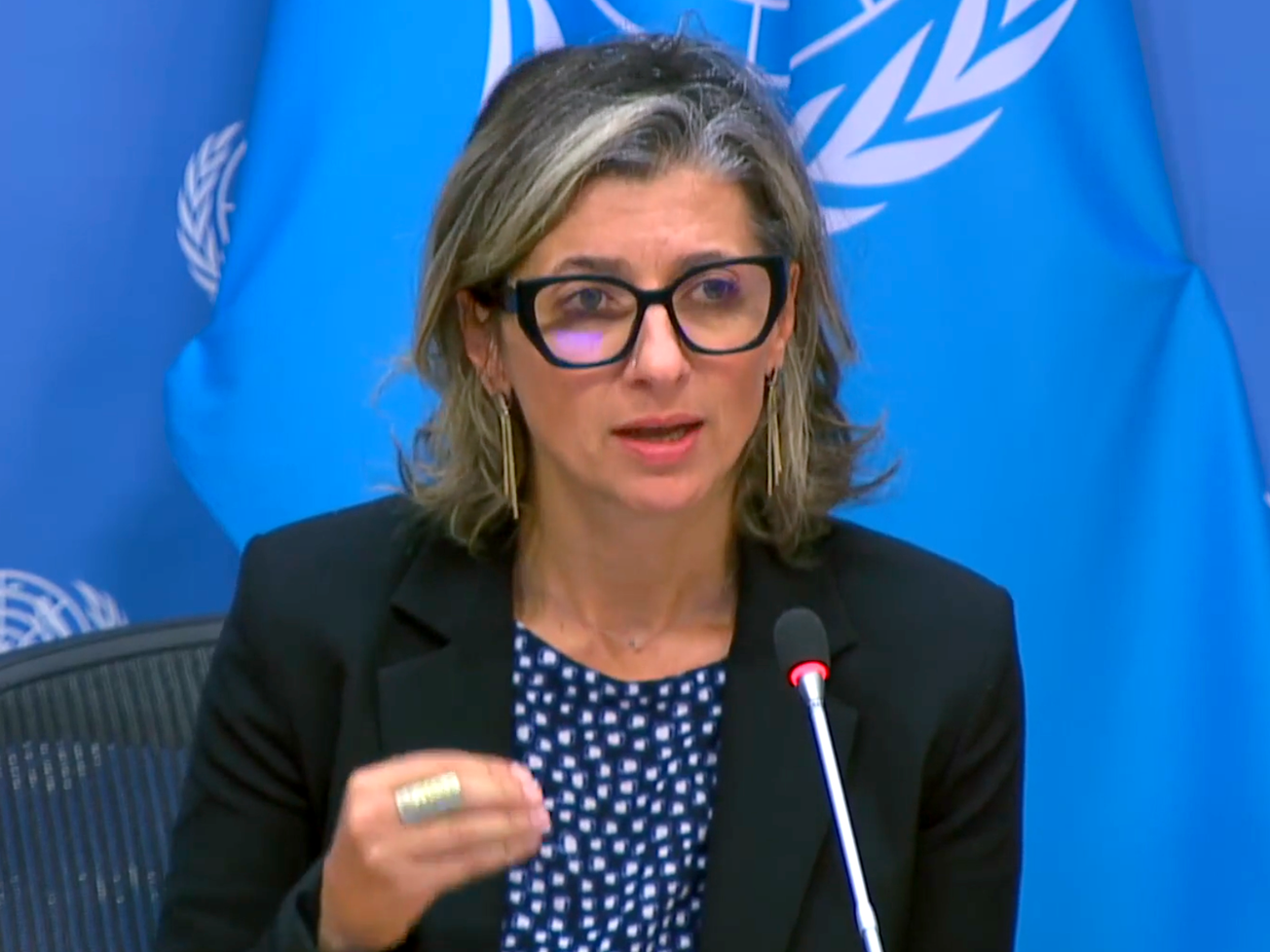Supercharged by heat-trapping carbon emissions, the Earth is warming in Europe faster than anywhere else, with dramatic consquences.
Last year, high impact weather and climate events across Europe led to hundreds of fatalities, directly affected more than half a million people and caused economic damages exceeding $50 billion. The mostly deadly extreme climate events come as heatwaves, particularly in Western and Southern countries.









